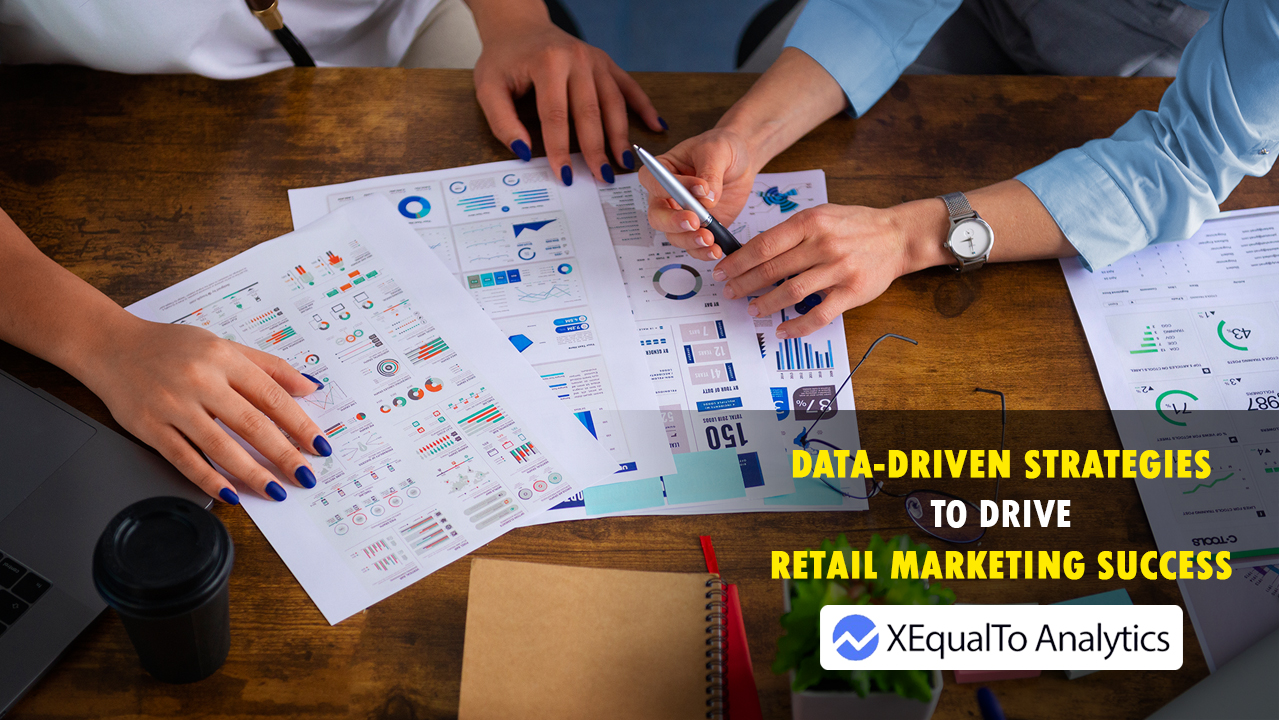One thing all industries share is the focus on sales, and in the retail industry, this becomes even more crucial. Whether you’re a product-based company or one that sells a wide range of products, the core of your success revolves around the pitch—whether through ads, calls, emails, or a combination of all marketing efforts. But behind every successful campaign is a critical step: analyzing the data that powers your decisions.
Making decisions without actionable insights, backed by numbers and statistics, often leads to chaos and missed opportunities. This is where data analytics comes into play, enabling you to turn raw data into a story that drives decision-making.
In retail, your data may come from multiple sources, such as Google Analytics, Mixpanel, Heap, or any other platforms that collect campaign and marketing data. However, the key lies in how you use this data to identify trends and track key performance indicators (KPIs) such as Conversion Rates, Customer Acquisition Costs (CAC), and Return on Ad Spend (ROAS).
Recently, we worked with a client who struggled with one major issue: despite generating a lot of leads, they were unable to convert them into SQLs (Sales Qualified Leads) or schedule meetings. To solve this, we dug deep into their data, correlating information from different marketing platforms. Our analysis revealed gaps in their web taxonomy and conversion funnels, which were impeding their progress. After identifying these areas, we implemented changes that helped improve their team’s focus and conversion efficiency.
While individual tools like Google Analytics and Mixpanel provide their own reports, relying on just one platform can often present an incomplete picture. To truly understand the customer journey and optimize conversion paths, we had to integrate data from multiple sources. For this, we created robust data pipelines using tools like dbt (data build tool) for data modeling and then centralized this data into a data warehouse built on Snowflake. This setup allowed us to clean, transform, and analyze the data more efficiently.
Once our data was organized, we used Tableau to design customized reports and dashboards. These visualizations not only focused on top-level metrics like conversions but also provided granular insights into areas like cart abandonment, bounce rates, and session duration—helping us identify specific touchpoints that required improvement.
Here’s how whole end to end flow looked like for this client:

Our dashboards now provide the client with a comprehensive view of their entire sales funnel, integrating data across multiple marketing channels. This empowers their team to take swift action based on data-driven insights, improving their Customer Lifetime Value (CLV) and overall marketing efficiency.
